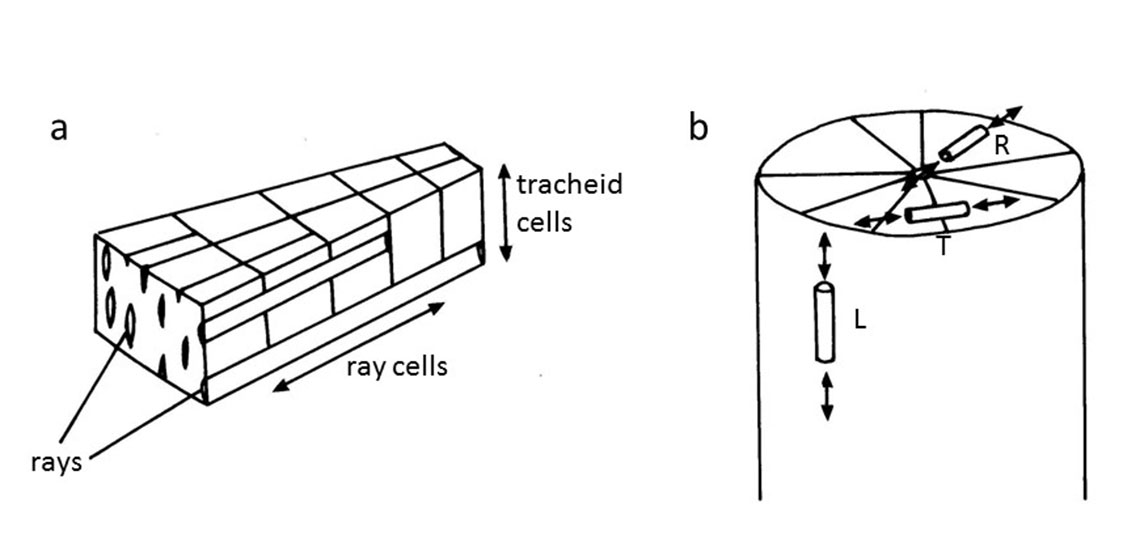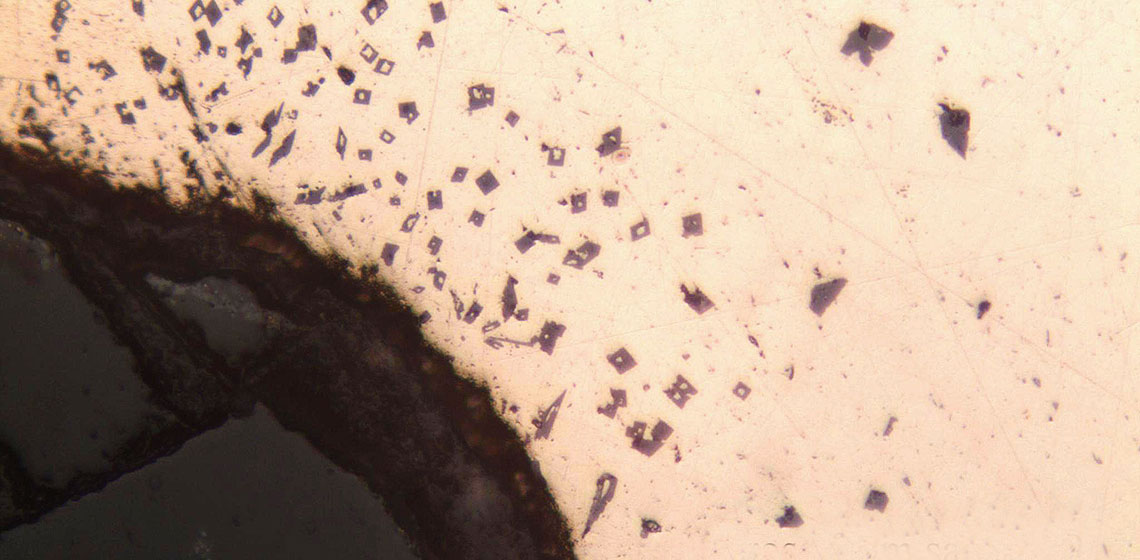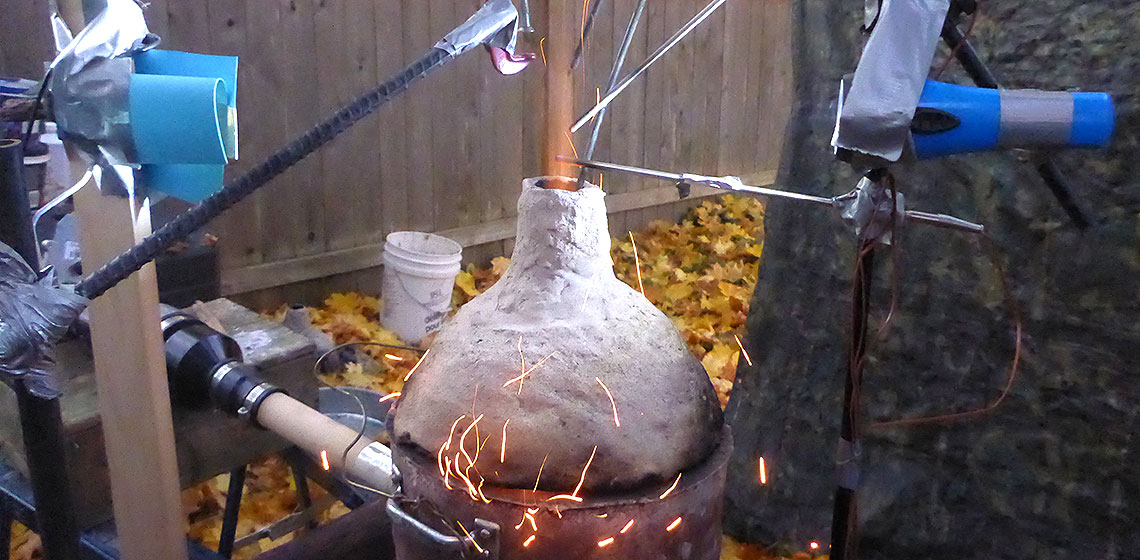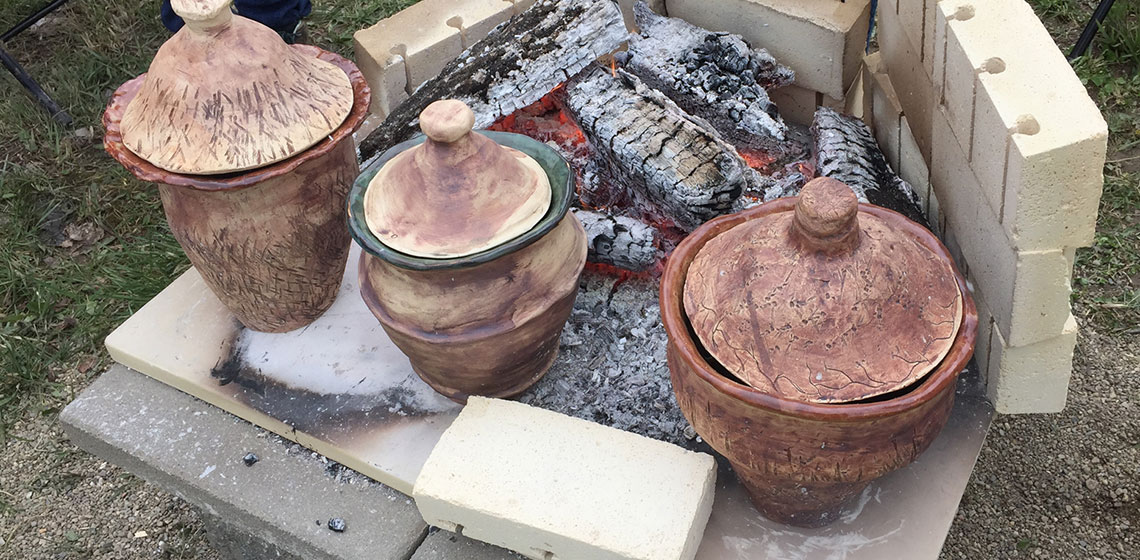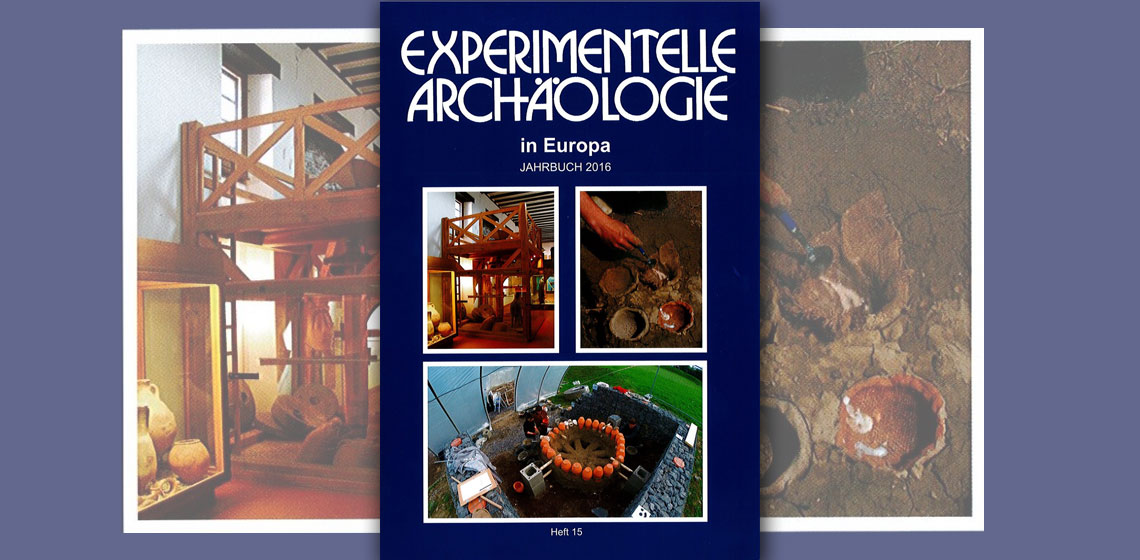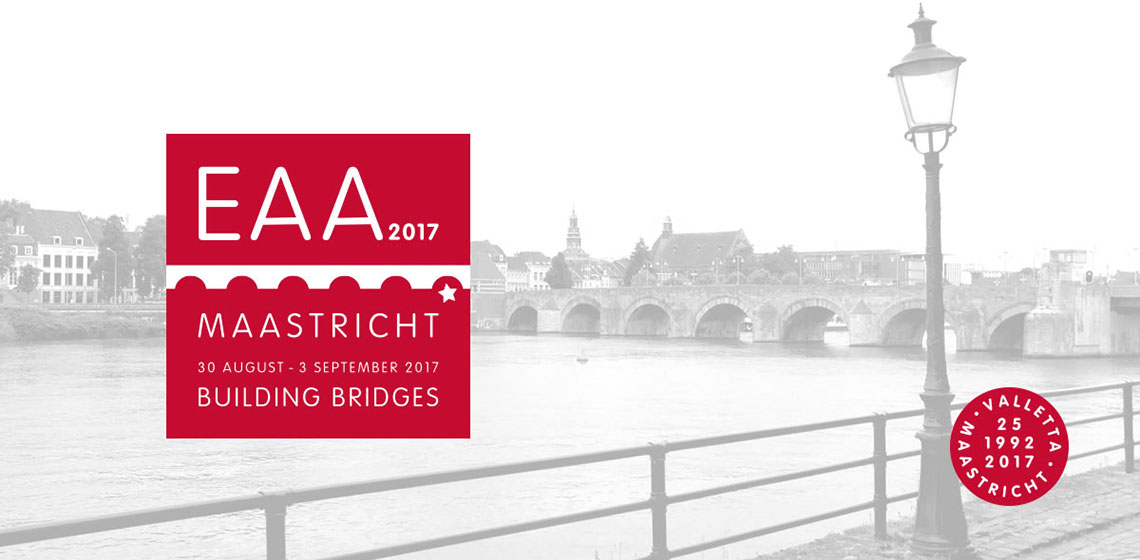
© EXARC, 2017; ISSN: 2212-8956; Publishing date: November 20, 2017
The EXARC Journal consists of Reviewed articles and unreviewed Mixed Matters contributions.
As a Service to all our Interested Readers, the Full EXARC Journal is Open Access.
Please consider supporting EXARC with a donation (PayPal) or Become an EXARC Member.
